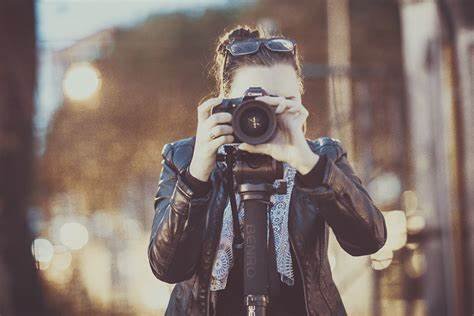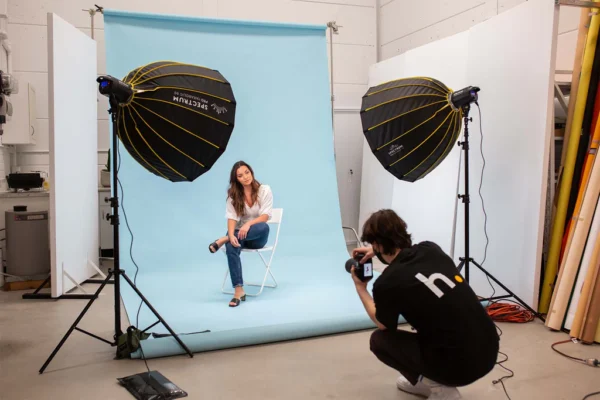
The Impact of Color Theory in Photography
Color theory significantly influences photography, affecting how images are perceived and interpreted. Understanding color theory can enhance your visual storytelling and improve the overall impact of your photos. Here’s a look at how color theory shapes photography and how you can use it to your advantage. 1. Understanding Color Theory Basics Color theory involves the…















